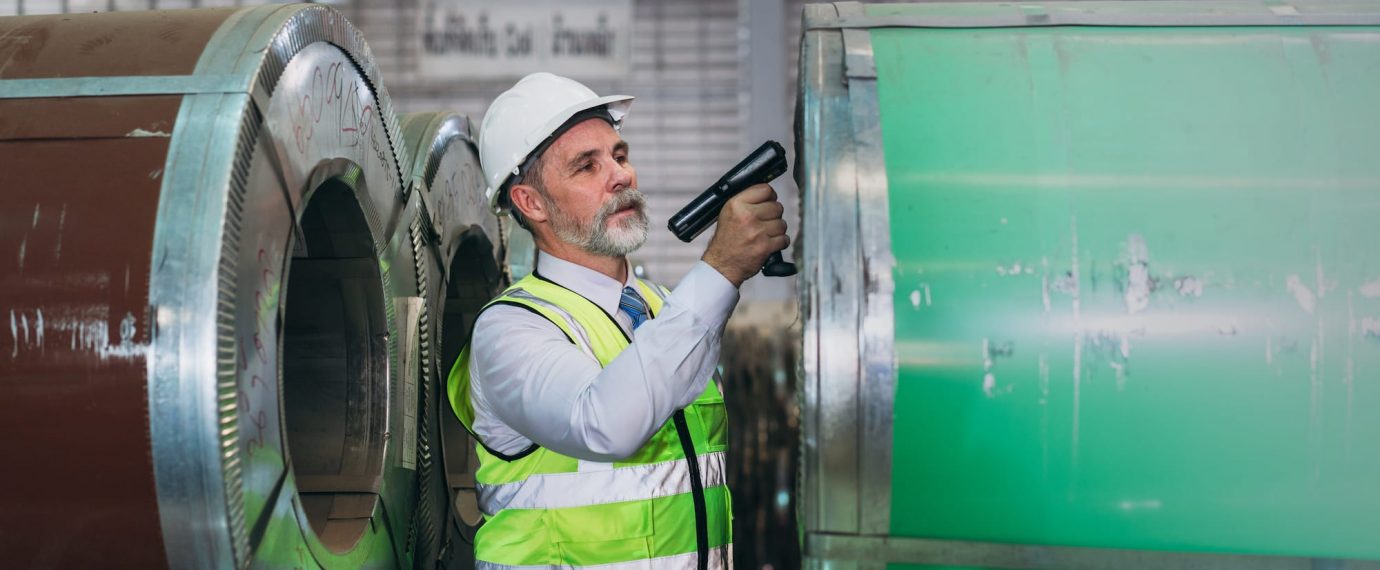By Carlos Galindo, CSP, SMS, Director – Health & Safety, U.S. Compliance
Infrared (IR) scanning, also known as thermographic or thermal imaging, is a vital technology used across industries to detect potential issues in electrical and mechanical systems before they escalate into costly or hazardous failures. By capturing temperature variations invisible to the naked eye, IR scanning can identify anomalies that signal potential failures, energy inefficiencies, and safety risks. This technique is particularly useful for equipment inspection, predictive maintenance, and ensuring compliance with industry safety standards. In this article, we will explore the purpose and scope of IR scanning, examine relevant regulatory requirements, and outline best management practices and effective control methods to enhance both equipment reliability and employee safety.
What is Infrared Scanning (IR)?
Infrared scanning is a non-invasive diagnostic technique that uses infrared cameras to detect temperature variations on surfaces. By capturing heat emissions, this technology identifies “hot spots” or “cold spots,” which can indicate issues such as electrical faults, insulation gaps, or equipment inefficiencies.
IR scanning serves several critical functions in industrial settings. Its primary purpose is to identify “hot spots,” or areas with abnormal temperature increases, which can indicate overloaded circuits, faulty electrical connections, worn bearings, or failing insulation. Early detection through IR scanning allows companies to address problems proactively, minimizing downtime, preventing catastrophic equipment failure, and reducing the risk of workplace incidents. The scope of IR scanning extends across various types of equipment, from electrical panels and circuit breakers to HVAC systems, motors, and transformers. It is especially valuable in predictive maintenance programs, designed to detect issues before they escalate. However, it is important to note that IR scanning does not replace the Arc Flash Analysis requirements.
Regulatory Requirements
Several regulatory standards and guidelines govern the use of IR scanning in industrial environments, particularly when used as part of a safety program. The National Fire Protection Association (NFPA) 70E sets standards for workplace electrical safety, while NFPA 70B sets standards for electrical equipment and maintenance. Both standards include provisions for IR scanning as a preventive measure to reduce electrical hazards.
In 2023, NFPA 70B transitioned from a recommended practice to a mandatory standard, requiring thermographic inspections of all electrical connections and terminations. These inspections should be completed every 12 months for equipment in condition 1 and 2, and every six months for equipment in condition 3. Additionally, OSHA states that employers implement safe work practices, provide adequate training, and ensure regular equipment inspection and maintenance. Insurance companies have also begun requesting annual IR scanning studies to proactively prevent losses.
Best Management Practices
To maximize the effectiveness of IR scanning, companies should implement a set of best management practices. These practices include:
- Establishing a Routine Inspection Schedule: Regular IR scanning should be part of a preventive maintenance program. The frequency of inspections can vary based on the type of equipment, its operational environment, and industry standards, but it is common for facilities to conduct IR inspections quarterly or annually.
- Using Certified Thermographers: IR scanning requires skill and training to interpret thermal images correctly. Certified thermographers understand the nuances of thermal patterns and can accurately diagnose potential issues.
- Documenting and Analyzing Results: Documentation is essential for trend analysis and regulatory compliance. Facilities should maintain records of IR scans, noting any identified hot spots, their location, and any corrective actions taken. This allows maintenance teams to track recurring issues and assess the effectiveness of previous repairs.
Identify Electrical Hazards
Electrical hazards can come from unsafe equipment and installation, workplaces made unsafe by environmental conditions, poor housekeeping, and improper equipment maintenance. IR scanning is instrumental in identifying electrical hazards that could pose serious risks to facility safety and employee health.
By detecting hot spots on electrical panels, circuit breakers, and switchgear, IR scanning can signal potential issues like loose or corroded connections, phase imbalances, and overloaded circuits. If unaddressed, these issues can lead to arc flashes, fires, or equipment damage. Early detection allows companies to take corrective actions, preventing accidents and ensuring regulatory compliance.
Identify Control Methods for Protecting Equipment and Buildings
IR scanning allows organizations to control risks associated with equipment and building infrastructure proactively. Effective control methods include:
- Timely Repairs and Replacements: Once an IR scan identifies a hot spot, maintenance personnel can repair or replace faulty components. Timely intervention reduces the likelihood of failure and enhances the lifespan of equipment.
- Upgrading Equipment: In some cases, IR scans reveal systemic issues that cannot be solved through repairs alone. If aging equipment is consistently flagged during IR inspections, it may be time to consider upgrades. This approach ensures the continued reliability and safety of essential equipment.
- Improving Ventilation and Cooling Systems: IR scanning can also reveal areas where equipment is overheating due to inadequate ventilation. Adjusting airflow or installing cooling systems can mitigate these risks, preventing temperature-related damage and reducing fire hazards.
Conclusion
IR scanning is a powerful tool that combines preventive maintenance with safety measures to protect equipment, employees, and facilities. From identifying electrical hazards to implementing best management practices and adhering to regulatory standards, IR scanning enhances the operational integrity of industrial environments. Regular IR inspections help companies address maintenance needs proactively, minimizing downtime, extending the lifespan of critical assets, and reducing the risk of workplace incidents. For questions or guidance on IR scanning and electrical safety, contact U.S. Compliance at arcflash@uscompliance.com.



